
Campethera abingoni
Campethera abingoni,Golden-tailed Woodpecker
The species is known as Campethera abingoni or Golden-tailed Woodpecker。Lis···

Campethera scriptoricauda
Campethera scriptoricauda,Reichenow's Woodpecker,Speckle-throated woodpecker
The bird's scientific name is Campethera scriptoricauda, and its foreign···

Campethera bennettii
Campethera bennettii,Bennett's Woodpecker
The Woodpecker's scientific name is Campethera bennettii, and its foreig···
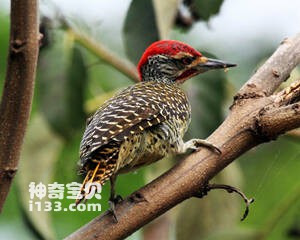
Campethera nubica
Campethera nubica,Nubian woodpecker
The East African woodpecker's scientific name is Campethera nubica, and ···
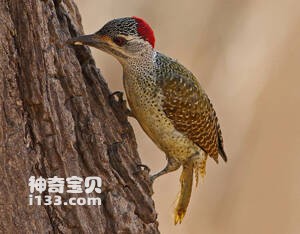
Campethera punctuligera
Campethera punctuligera,Fine-spotted woodpecker
The red-spotted woodpecker is known as Campethera punctuligera or Fine-spott···
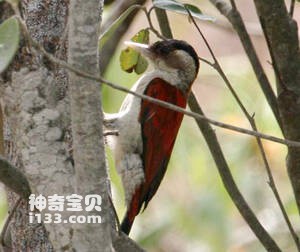
Veniliornis callonotus
Veniliornis callonotus,Scarlet-backed woodpecker
The species is known as Veniliornis callonotus and Scarlet-backed woodpecker···
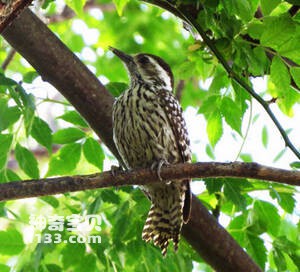
Veniliornis mixtus
Veniliornis mixtus,Checkered woodpecker
It is known by its scientific name Veniliornis mixtus and its foreign name C···
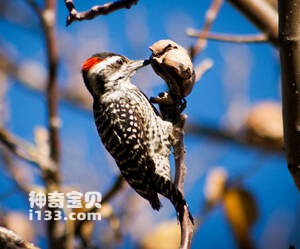
Picoides lignarius
Picoides lignarius,Veniliornis lignarius,Striped Woodpecker
The Striped Woodpecker is known as Picoides lignarius or Veniliornis lignari···
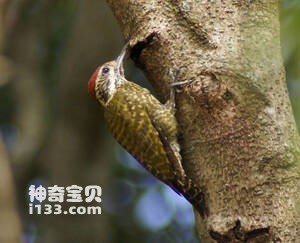
Veniliornis spilogaster
Veniliornis spilogaster,White-spotted woodpecker
The species is known as Veniliornis spilogaster or White-spotted woodpecker。···
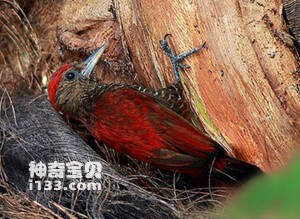
Veniliornis sanguineus
Veniliornis sanguineus,Blood-coloured Woodpecker,Blood-colored Woodpecker
The red Woodpecker is known as Veniliornis sanguineus, Blood-coloured Woodpe···
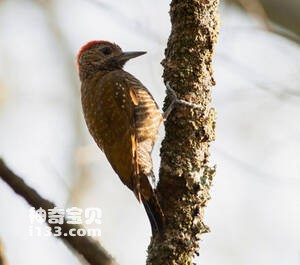
Veniliornis frontalis
Veniliornis frontalis,Dot-fronted woodpecker
点额啄木鸟学名Veniliornis frontalis,外文名Dot-fronted woodpecker,具体习性不···
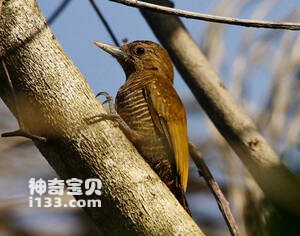
Veniliornis passerinus
Veniliornis passerinus,Little woodpecker
Its scientific name is Veniliornis passerinus and its foreign name is Little···
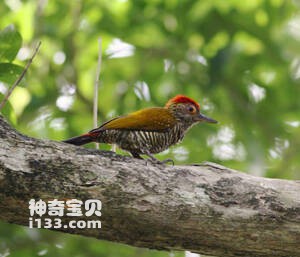
Veniliornis kirkii
Veniliornis kirkii,Red-rumped Woodpecker
The species is known as Veniliornis kirkii or Red-rumped Woodpecker。Listed ···
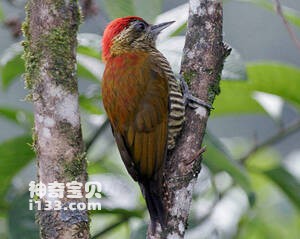
Veniliornis nigriceps
Veniliornis nigriceps,Bar-bellied Woodpecker
Its scientific name is Veniliornis nigriceps and its foreign name is Bar-bel···
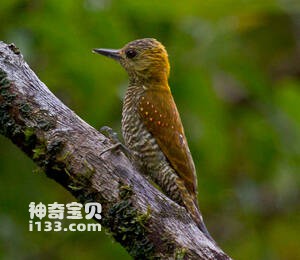
Veniliornis affinis
Veniliornis affinis,Red-stained woodpecker
The red-stained woodpecker, scientifically known as Veniliornis affinis, has···
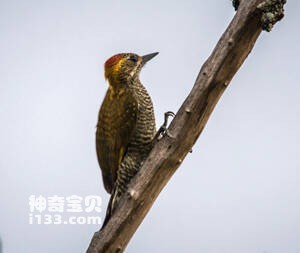
Veniliornis maculifrons
Veniliornis maculifrons,Yellow-eared woodpecker
The Yellow-eared woodpecker is known by its scientific name Veniliornis macu···
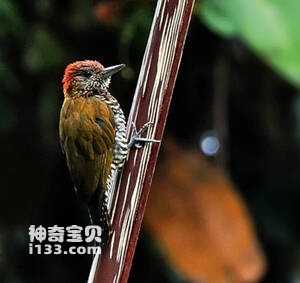
Veniliornis chocoensis
Veniliornis chocoensis,Choco Woodpecker,Chocó Woodpecker
The species is known as Veniliornis chocoensis, Choco Woodpecker or Choco Wo···
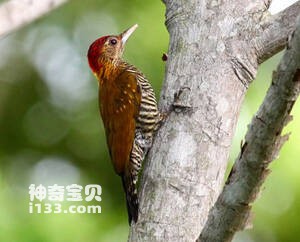
Veniliornis cassini
Veniliornis cassini,Golden-collared woodpecker
The Golden-collared woodpecker is known as Veniliornis cassini or Golden-col···
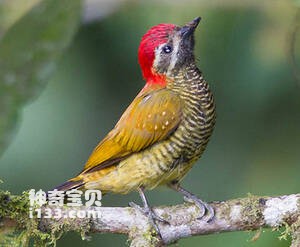
Veniliornis dignus
Veniliornis dignus,Yellow-vented Woodpecker
The yellow-butted Woodpecker is known as Veniliornis dignus or Yellow-vented···
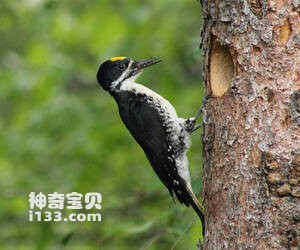
Picoides arcticus
Picoides arcticus,Black-backed Woodpecker
The Black-backed Woodpecker is known as Picoides arcticus and black-backed w···
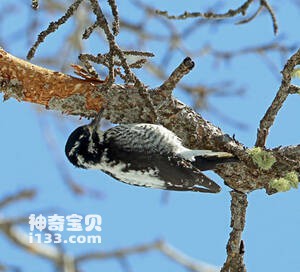
Picoides dorsalis
Picoides dorsalis,American Three-toed Woodpecker
The American Three-toed Woodpecker has a scientific name Picoides dorsalis a···
